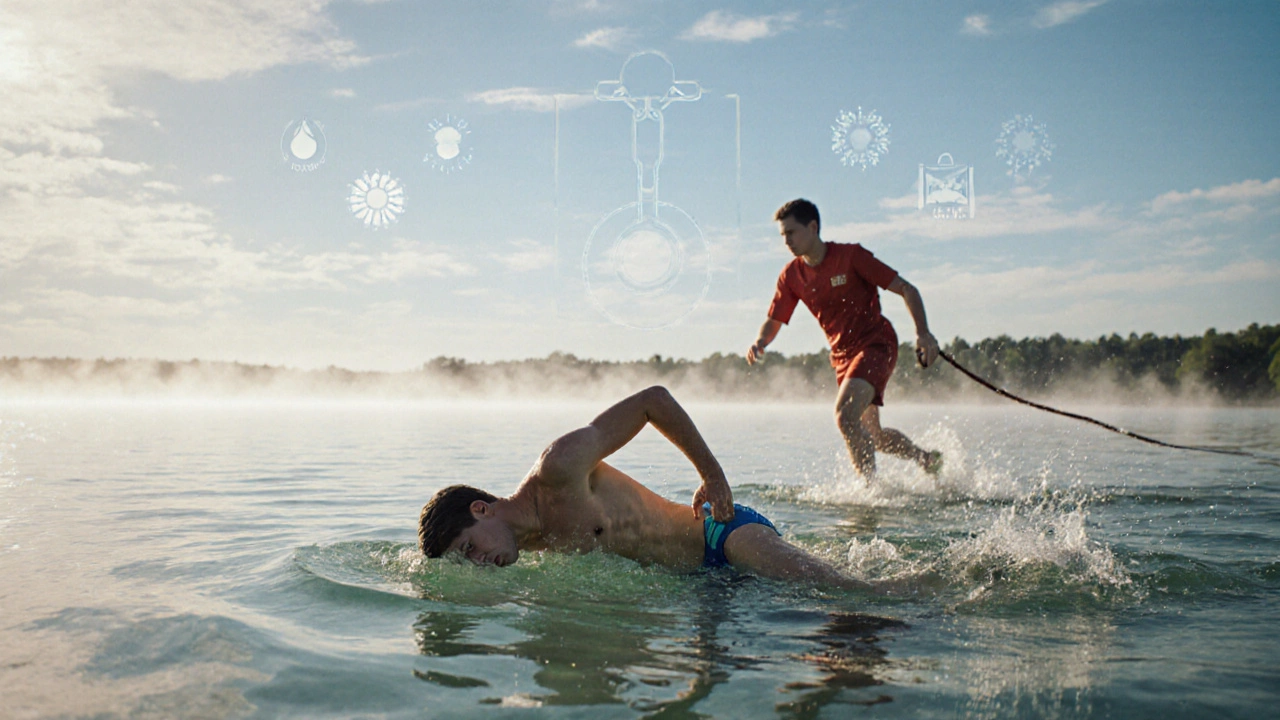Amoeba Infections: Causes, Symptoms, and How to Stay Safe
When you hear amoeba infections, parasitic illnesses caused by single-celled organisms that can live in water, soil, or the human body. Also known as amoebiasis, these infections range from mild stomach upset to life-threatening brain damage. Most people think of amoebas as harmless pond dwellers, but a few types can turn deadly if they get inside you.
The biggest danger comes from Naegleria fowleri, a rare but fatal brain-eating amoeba found in warm freshwater lakes and rivers. It enters through your nose when you swim or dive, then travels to your brain. You won’t get it from drinking contaminated water—only from water going up your nose. Then there’s Entamoeba histolytica, the most common cause of intestinal amoeba infections worldwide. It spreads through dirty food or water, causing severe diarrhea, stomach cramps, and sometimes liver abscesses. Another type, Acanthamoeba, often affects contact lens wearers who use tap water to clean their lenses, leading to painful eye infections that can cause blindness.
These aren’t just distant threats. Outbreaks happen every year in places with poor sanitation or warm climate water sources. The symptoms can look like the flu or a bad stomach bug, which is why many cases go undiagnosed. If you’ve had persistent diarrhea after traveling, or sudden severe headaches after swimming in a lake, don’t ignore it. Early detection saves lives.
The posts below cover real cases, treatment protocols, and prevention strategies tied directly to these pathogens. You’ll find guides on how to tell if your water is safe, what medications actually work against different strains, and how to avoid the mistakes that lead to infection. No fluff. Just what you need to protect yourself and your family.

